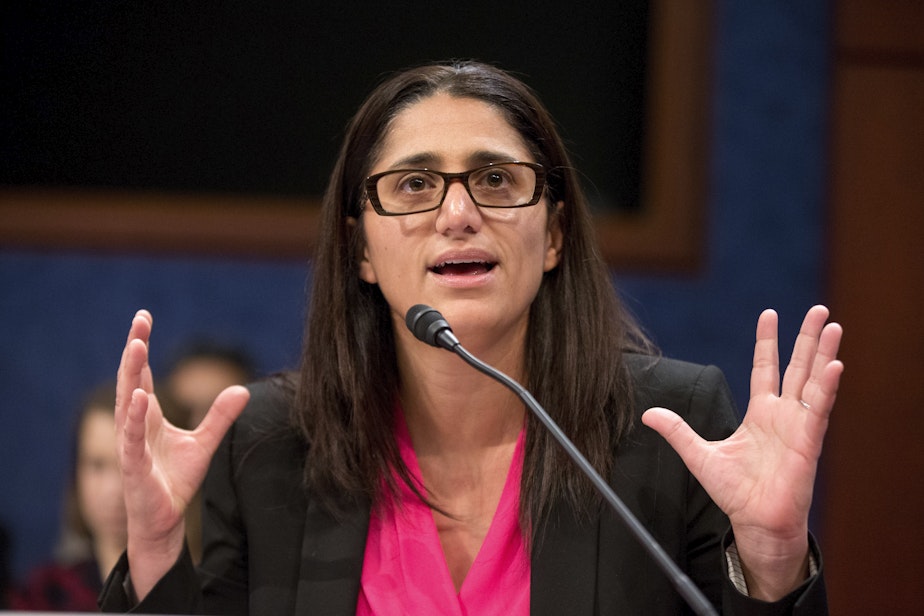It took a village, and a pediatrician, to expose the Flint water crisis

The city of Flint, Michigan represents the height of American ingenuity, productivity and economic progress — and also the mirror opposite.
What was once a thriving company town (General Motors was founded and grew into a powerhouse there) degenerated over time into a symbol of urban decline. A town once recognized for both strong labor unions and civic institutions became known for its high crime rate and fiscal insolvency.
Even given that context, in 2014 when Flint pediatrician Dr. Mona Hanna-Attisha heard from a friend that her city had a problem with lead-tainted drinking water, she was incredulous. She couldn’t believe any town in America would let that happen.
With the help of a small group of interested parties, she researched the issue and found evidence confirming her friend's suspicion. When she confronted local and state officials, she was met with denial after denial, up to the point that she began to doubt her own evidence.
What happened in Flint is the subject of Hanna-Attisha’s new book, “What the Eyes Don’t See: A Story of Crisis, Resistance, and Hope in an American City.” Hanna-Attisha is a physician, scientist and public health activist.
She spoke with former Seattle City Councilmember Nick Licata on July 9 at the Langston Hughes Performing Arts Institute. The Seattle Public Library and The Elliott Bay Book Company were co-presenters. KUOW’s Jennie Cecil Moore recorded their discussion.
Listen to the full version below:

